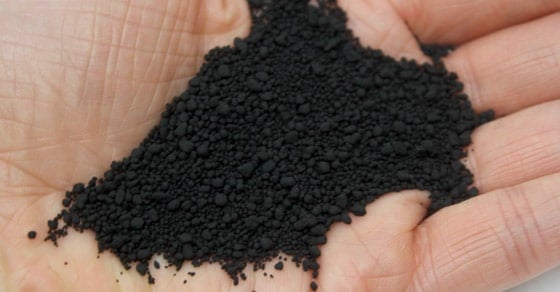Activated Carbon is a powerful material to eliminate unpleasant smells or tastes. It is able to absorb molecules within its pores and then make them disappear. Activated carbons are used in numerous ways to remove unpleasant odors, such as garlic or fish.
Regular filters are extremely efficient in the removal of organics and chlorine. It is also able to deal with a range of dissolving substances, which means it is able to be made according to specific specifications if required.

What is Activated Carbon and what is its purpose?
When organic materials that have high levels of coal, wood, and coconut shells is transformed to produce this kind of carbon, it’s referred to as activated charcoal. It has a large surface area which is exposed to chemical reactions which makes up its porousness, or “activated” condition as well as being derived from such things as peat moss within environmental settings where they could be needed for the most immediate reasons due to their capacity to absorb chemicals more effectively than other businesses can, without compromising its structural integrity. Its rate of adsorption varies depending on factors including pressure/temperature levels and so on.
The most important thing to keep in mind about activated carbon is that it has a huge surface area. This means two things in the first place: more of the material will be exposed and is able to absorb gas molecules more quickly than if there was less available room on each microscopically small square inch. Second (and possibly more surprising), even though chemicals may need activation before they can be used to remove odoriferous substances in smells we want to keep out of our offices or homes.
The activated carbon resulting from the process of thermal decomposition in a heating furnace can be transformed into an extremely high-quality and spacious adsorbent using an atmosphere that is controlled. Because of its large surface area per volume, molecules can have plenty of area to absorb. This is due to its tiny pores that are strategically placed around its exterior.
What exactly is Activated Carbon?
1. The primary function of this device is to remove chemicals and odors from water.
2. It also helps eliminate smells, such as the strong-smelling organic gas hydrogen Sulfide which is found in water.
3. This specific formula is perfect for removing small amounts of mercury, iron, and chelated copper out of your body.
4. The bacteria break the element chlorite into water, and absorb chlorine molecules and release ammonia.
5. They may reduce VOCs, pesticides, and herbicides that could be harmful to health. They also remove other solvents like benzene and radion from your home.
Carbon structures are attractive to different molecules when placed in an environment that contains diverse molecules. The force’s overall strength is derived due to the fact that the cells are tightly packed. Additionally, their specific sizes contrast with other types therefore it doesn’t matter if you’re on or under water or land. Your abilities will operate in the same way.
In addition, this material can be used to remove different elements from a particular mixture. It is most often found in processes that absorb around 10% to 90%. It can be used to decolorize the color of your food or purifying agent based upon the solution you select.
For more information, click activated carbon granules